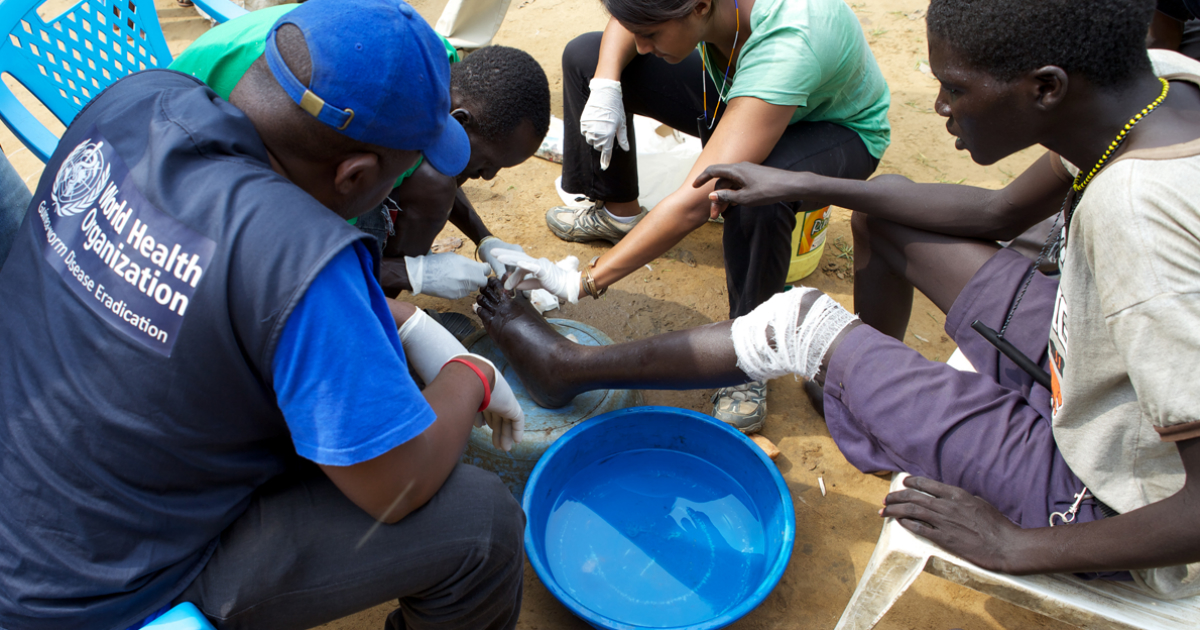Guide To Almost Eradicated And Entirely Eradicated Infectious Diseases
Guinea Worm Disease

Also known as dracunculiasis, Guinea worm disease is a parasitic infection caused by Dracunculus medinensis. Infection occurs when an individual ingests water containing Guinea worm larvae. Patients typically show no symptoms for up to a year after infection. During this time, the worm larvae mature inside the patient's body. Eventually, a painful blister forms, typically on the foot or leg. This blister bursts a few days or weeks later, and the mature female worm emerges from the skin. To relieve the pain of the blister, patients often try to immerse the leg or foot in water. This releases worms into the water supply, and they can then infect others. Individuals with Guinea worm disease may have a fever, vomiting, nausea, and diarrhea. There are no medications or vaccines that can treat or prevent Guinea worm disease, and patients may be able to have the worms surgically removed before a blister develops. Efforts to eradicate this disease are ongoing, and there were only twenty-eight cases of the illness in 2018.
Learn about where polio ranks on this list next.